Wisconsin Tribal Elder Food Box program faces uncertain future
The Tribal Elder Food Box program expanded statewide in Wisconsin during the COVID-19 pandemic, but today it faces federal funding cuts that might endanger the program's future.
By Aditi Debnath | Here & Now
June 26, 2025
The Tribal Elder Food Box program expanded statewide in Wisconsin during the COVID-19 pandemic, but today it faces federal funding cuts that might endanger the program's future.
It began as an emergency response to the pandemic, but the Tribal Elder Food Box Program has grown into a vital source of nourishment and cultural pride for Wisconsin’s Native American elders. Now, with federal funds running out, the program’s future — and the health of those who depend on it — faces new uncertainty.
The Tribal Elder Food Box program launched during the COVID-19 pandemic to address food insecurity among Native American elders in Wisconsin’s tribes.
Marlon Skenandore is an Oneida councilman who brought the food box program to his tribe.
“Whenever you eat an Indigenous foods that are culturally appropriate to who you are, it actually speaks to your DNA. It actually speaks to who you are as an individual,” says Skenandore. “Our first distribution in 2021 we distributed 400 boxes in an hour and a half. So from there, the program just keeps growing and growing.”
The program provides elders healthy, culturally-relevant food from producers that use sustainable practices.
“We had 20 something Indigenous producers,” says Skenandore. “Now we’re up to like 40 or 50 Indigenous producers.”
Today, dozens of Indigenous farmers, food makers and processors supply food for the boxes, creating new markets for Native farmers. Initially serving just three tribal communities, the program quickly expanded to reach every Indigenous tribe in Wisconsin.
Tara Roberts-Turner is the manager for the Wisconsin Food Hub Cooperative, a statewide organization that helps local farmers sell and distribute their product. “We’re going all the way from the top of Wisconsin, Bayfield, all the way down to Milwaukee and down to Madison to Ho-Chunk.”
This year, the loss of federal funding for the USDA’s Local Food Purchase Assistance, or LFPA, sent shockwaves throughout the country, disrupting vast networks of producers, distributors, and recipients. The hub, which provided distribution for many food bank programs under LFPA found its infrastructure caving in.
“It’s definitely more difficult — we would go all the way up to Bayfield and then we would pick product up all the way back,” says Roberts-Turner. “Now we’re left bringing an empty truck all the way back.”
The funding cuts have forced logistical changes, increased costs and left trucks empty on return trips, straining the entire operation. The challenges extend beyond food delivery, impacting local economies and farmers, including Indigenous farmers.
Isaiah Skenandore oversees a 50 cow herd on his beef farm in Seymour, Wisconsin. He joined the LFPA program to supply beef and chicken directly to Tribal Elders.
“It’s been a great partnership to really grow together over the past couple of years,” says Skenadore. A unique aspect of the LFPA: farmers like Skenadore could choose where their farm products are delivered, allowing Indigenous farmers to keep their goods within the community. “I was able to have all of our beef and chickens purchased through that program and under contract get sent to the Elder box program.”
Skenandore, a member of the Oneida Nation, uses regenerative farming techniques, like rotational grazing, which mimics natural grazing practices and promotes healthier soils and livestock. He says the program’s focus on fresh, sustainable food is a major shift from the past, when federally funded food boxes known as tribal commodities were often filled with processed items like canned meats and powdered milk which were high in preservatives. For many Native families, these foods were a lifeline, but they also contributed to health problems that still affect Native communities today.
“When I was a kid with my grandma, I remember going and picking up the tribal commodities — flour and processed cheese and processed foods,” says Skenandore. “It’s led to a lot of the epidemics we have throughout Indian country. To come full circle now and be able to provide a high quality protein and sustainable food source to our elders … it really makes you pretty proud.”
Indigenous people are 1.5 times more likely to develop diabetes, and up to three times more likely to experience heart failure. For elders like Kathy Hughes, the food boxes make a difference.
“I find when I don’t have stuff like that in my refrigerator then I’m doing the fast food,” says Hughes. “I’m doing a lot of sandwiches and cold cuts — not really healthy for you — versus [what’s in] the boxes. I’m cooking and I’m getting healthy stuff when I cook.”
Beyond physical health, the program helps foster connection between Indigenous people and their culture.
“I ran a food pantry for six years, and in the beginning, a majority of the people that we’ve seen was just single elders, 65 plus, living off Social Security. They don’t have enough to pay their bills,” says Marlon Skenandore. “Some of the items that you would get in here are going to be expensive items, the things that they won’t be able to afford or they would just walk by in the grocery store. So for us to provide this nutritious, good, wholesome food to them — I think [it] is vital for longevity in life and being a part of this community.”
For the past two years, The Tribal Elder Food Box program has received funding from the state’s biennial budget. For 2026, Governor Evers has asked the state legislature to approve $2 million. The end of the federal LFPA program leaves a $1.5 million gap in the program’s budget come 2026.
Gary Besaw, one of the program’s founders, says the funding challenges are daunting, but the farmers say they need help.
“We’ve looked at several things. We’ve looked at incorporation as a nonprofit and starting to look for some of the philanthropic funding out there,” says Besaw. “There are many who want to see us succeed and thank God they’re there.” Besaw says farmers and producers are reaching out about continuing deliveries of new products for the boxes, both to keep the program going and to keep what they produce from going to waste. “They’re coming in forward and saying, ‘we were depending on that. Is there room?'”
“This will keep us from going bankrupt,” says Besaw.
The fate of the Tribal Elder Food Box program will signal not just the state’s commitment to its Native communities, but also its vision for local food systems, rural economies and the dignity of its elders.
“I always tell people, we’re not smart. The old people were smart,” says Besaw. “We just parrot them, and people might think, ah, these guys know what they’re doing. That’s because we listen, we listen to the old people.”
 Passport
Passport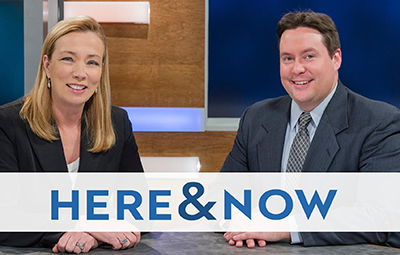


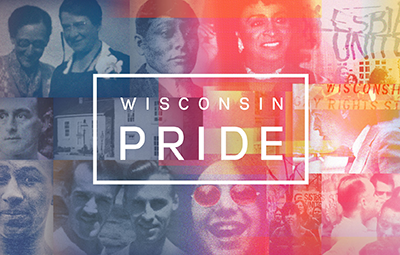

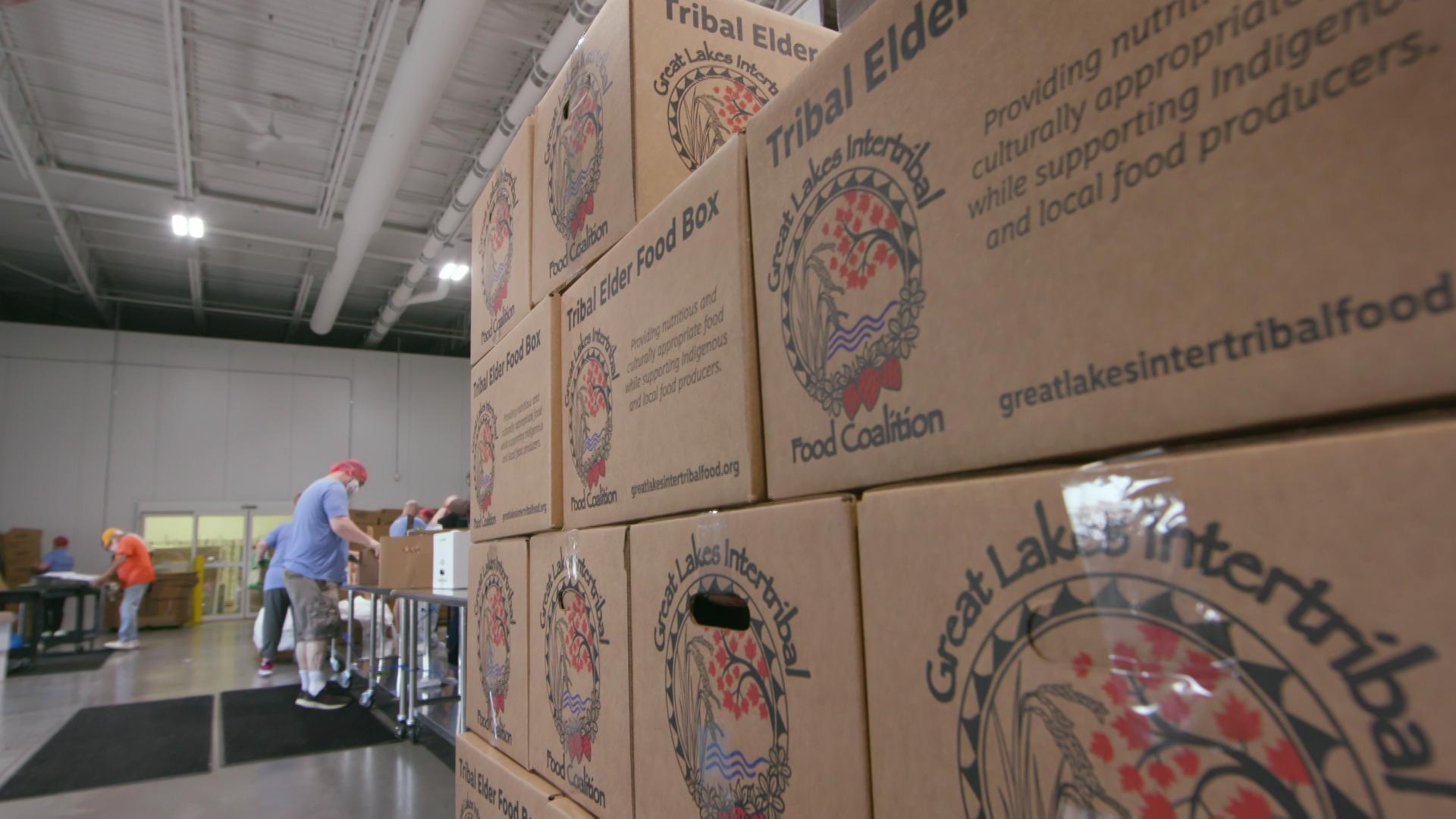
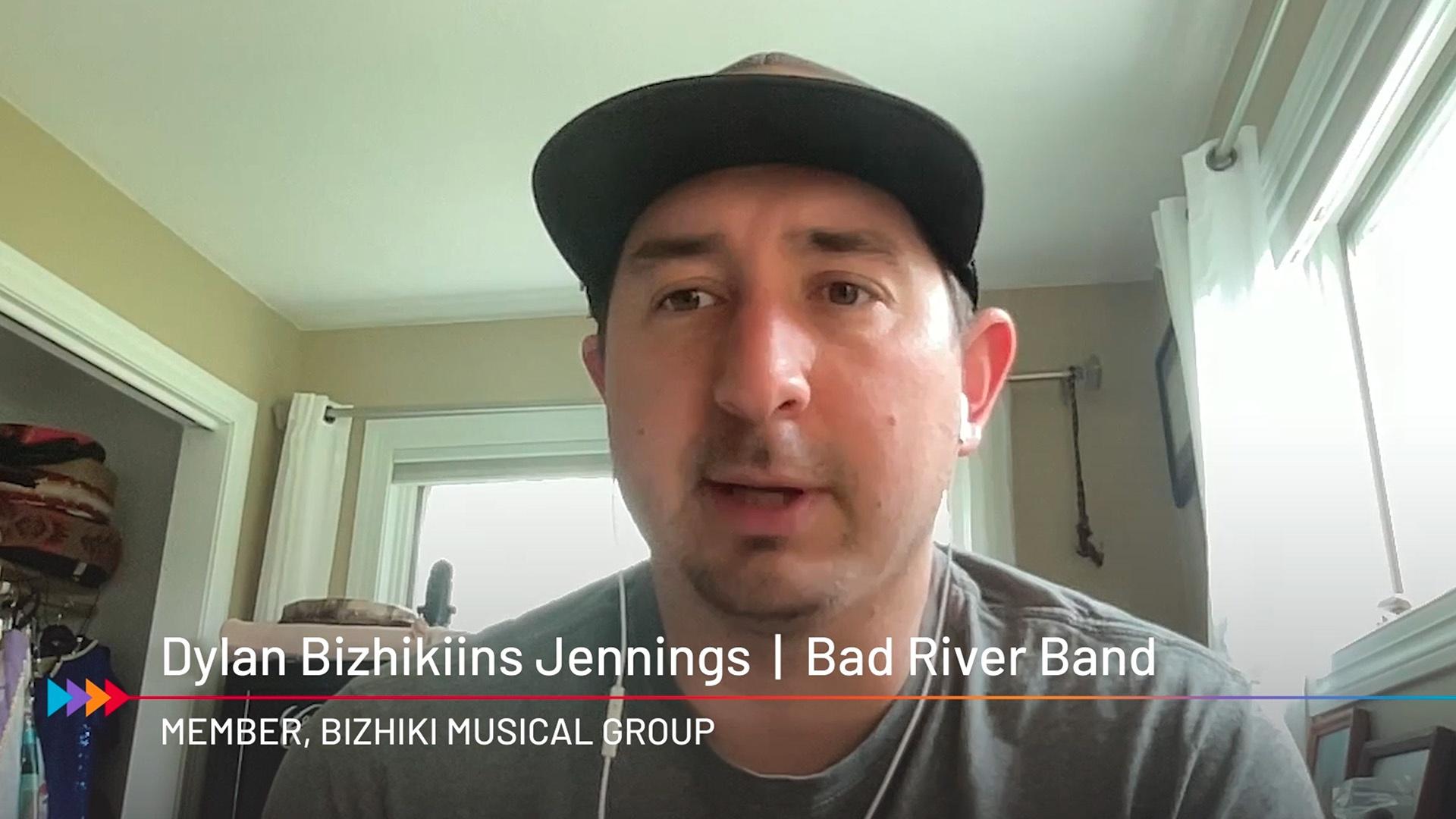


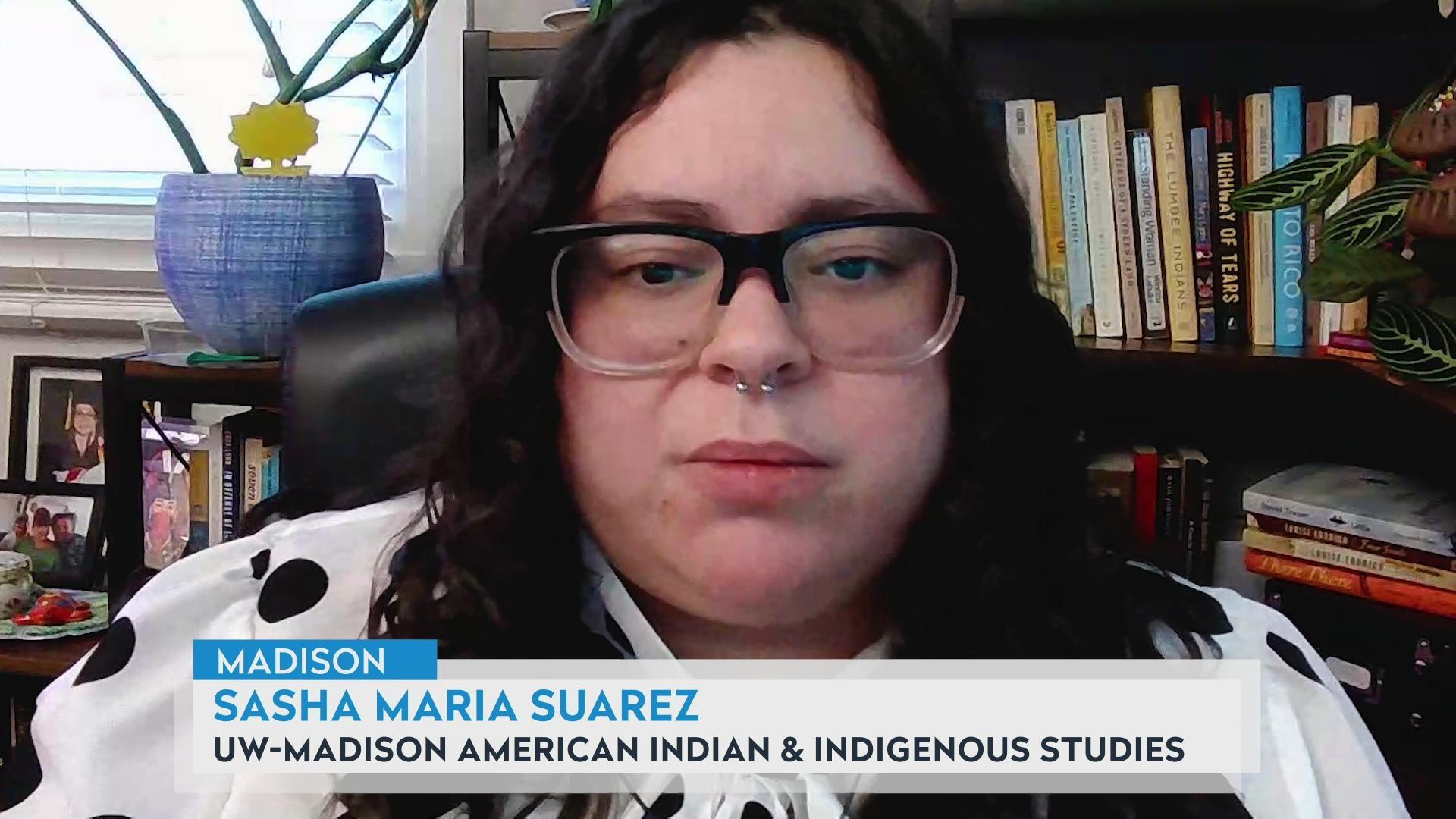
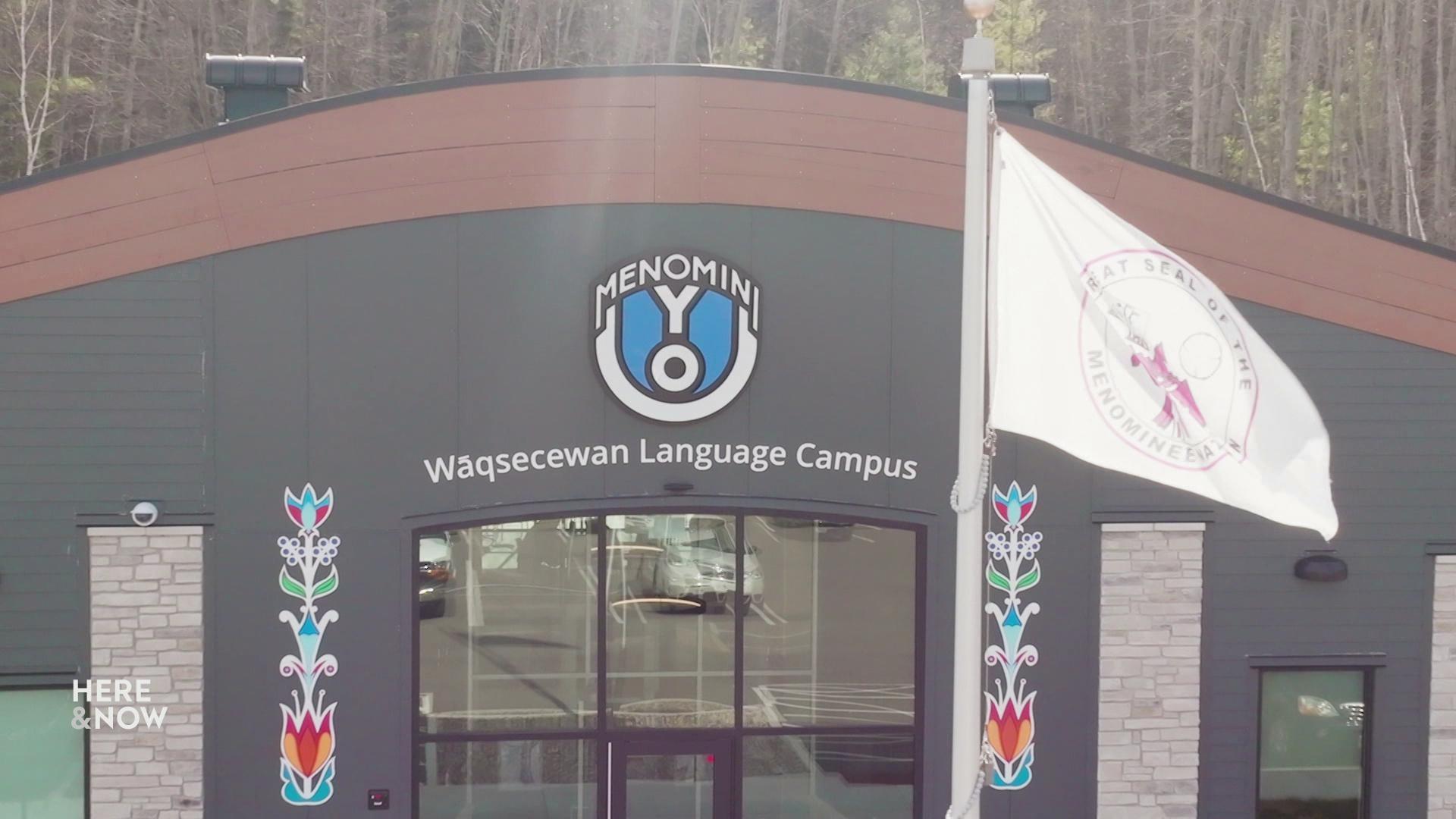

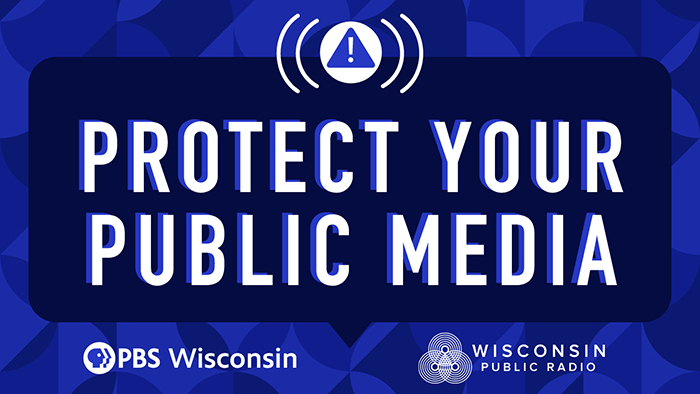
Follow Us